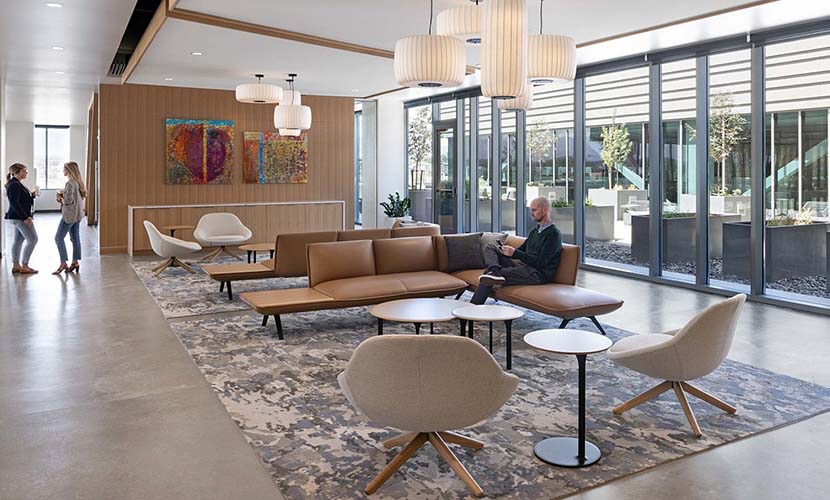

Creating a well-designed and functional healthcare facility is crucial for ensuring patient comfort, promoting healing, and optimizing the workflow of healthcare professionals. While it may be tempting to handle the interior design aspect in-house, hiring a professional interior designer can offer numerous benefits. In this article, we will explore why hiring an interior designer for a healthcare facility is a wise investment.
Interior designers specializing in healthcare facilities have a deep understanding of the unique requirements and regulations that govern such spaces. They are trained to consider factors such as patient flow, infection control, accessibility, and safety measures when planning the layout and design. Their expertise allows them to create spaces that not only look aesthetically pleasing but also function efficiently for both patients and staff.
Healthcare interior designers prioritize the comfort and well-being of patients. They understand the impact that a soothing and supportive environment can have on patient outcomes, satisfaction, and overall experience. By incorporating elements such as calming color schemes, natural light, comfortable furniture, and artwork, interior designers can create spaces that promote relaxation and reduce anxiety, ultimately enhancing the healing process.
An interior designer possesses the skills to optimize the layout and functionality of a healthcare facility. They analyze the flow of patients, staff, and equipment to ensure smooth and efficient movement throughout the space. By strategically planning the placement of examination rooms, waiting areas, nursing stations, and support spaces, an interior designer can enhance workflow and minimize congestion, leading to improved staff productivity and patient satisfaction.
Healthcare facilities must adhere to strict regulations and guidelines pertaining to safety, accessibility, and infection control. An experienced interior designer is well-versed in these regulations and can ensure that the design of the facility meets all necessary standards. From selecting appropriate materials that are easy to clean and disinfect to incorporating proper ventilation systems, an interior designer ensures the facility is compliant, reducing the risk of healthcare-associated infections and other safety concerns.
The design of a healthcare facility plays a crucial role in creating a positive brand image. A professional interior designer can incorporate branding elements, such as color schemes, logos, and signage, that align with the organization’s identity. This creates a cohesive and professional look, instilling trust and confidence in patients and visitors. A well-designed healthcare facility can also attract new patients, helping to build a strong reputation within the community.
Hiring an interior designer for a healthcare facility brings invaluable expertise, creativity, and attention to detail. From ensuring compliance with regulations to creating patient-centered spaces that promote healing, their contribution goes beyond aesthetics. By investing in professional interior design services, healthcare organizations can create environments that enhance patient experiences, improve staff efficiency, and reinforce their brand image. Ultimately, the expertise of an interior designer can transform a healthcare facility into a space that supports both physical and emotional well-being.